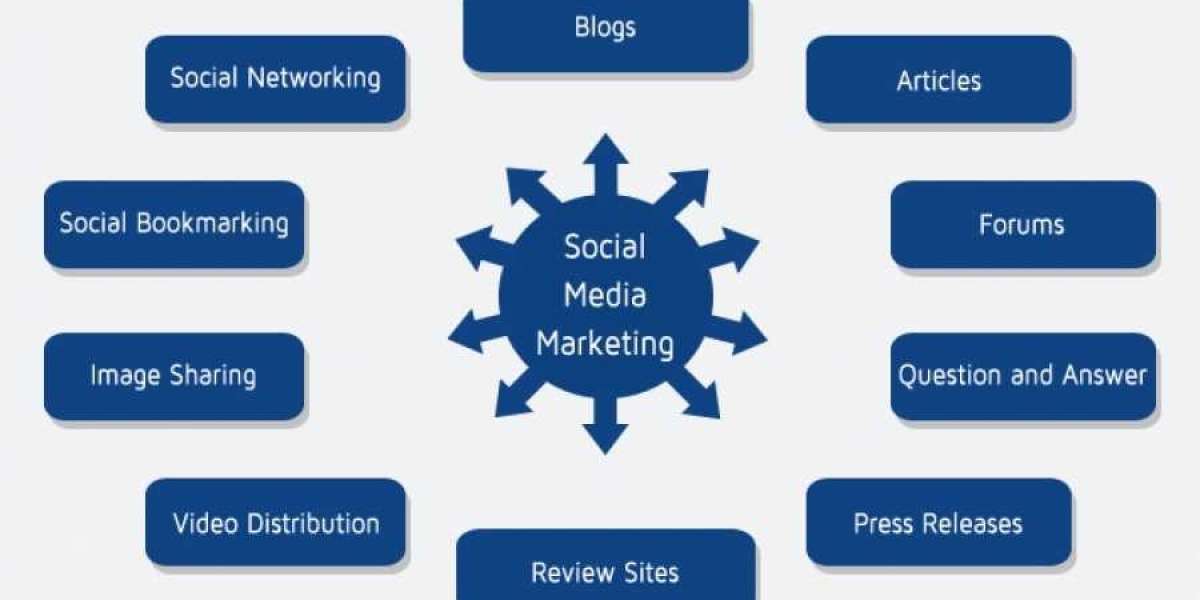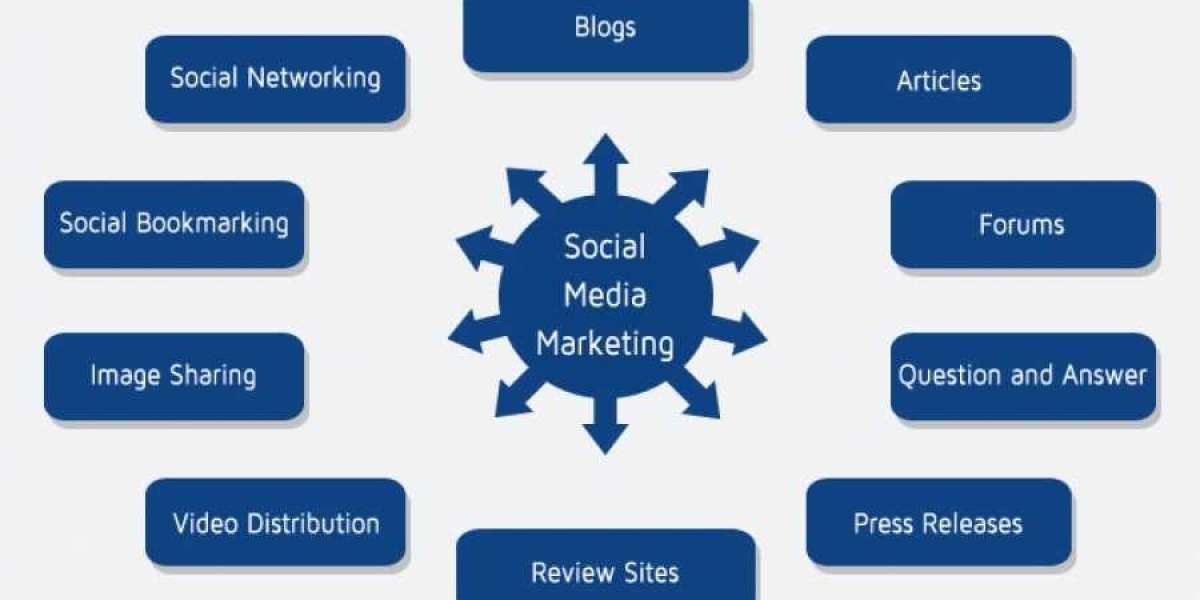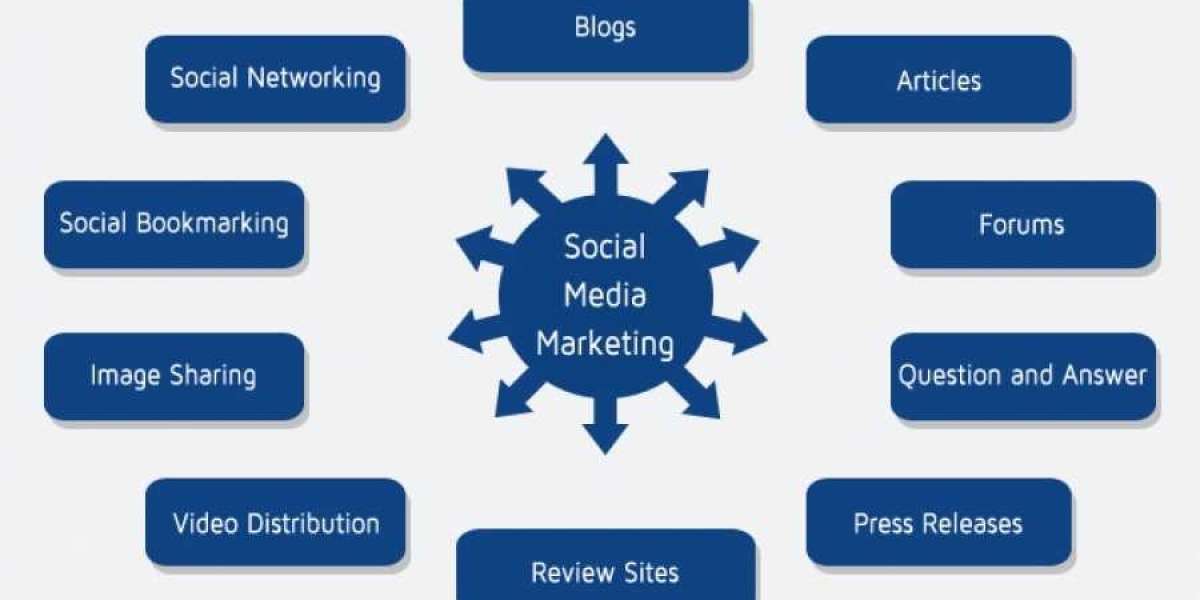Online courses enrollment is growing and growing. In 2018, nearly seven million students enrolled in online courses. In 2020, 82% of K-12 students attended schools that offered some type of remote instruction. What makes a good, quality online course though? We know that there are standards for evaluating good teaching practice, but online is different. It requires the integration of technology, communication and learning which isn't the same as traditional in classes. Evaluating what makes an effective online course has to be based on different criteria.
How do you decide then what is the model for effectiveness? Is it how many high grades there are or how many students pass? Is it the course that has the best post-course evaluations? Is it the most attractive course or who has the most enrollees per semester? How about the most technical with fancy software or links? We should take-into-account best practice and then design accordingly based on the needs of students and the institution. What makes a good online course should fit into the overarching assessment goals of the school and school strategies.
Opinions about what makes a good and effective course vary. According to some, student faculty contact, technology application, collaborative learning, diversified learning, active learning, expectations, time on task and prompt feedback should be included and reviewed in a quality online course. Others list that is proper pacing for students to learn and work appropriately. Good courses provide a sense of community where students interact with others, ask questions and form peer groups. They also include multimedia such as videos, interactive activities, podcasts and have built-in opportunities for self-directed learning. Courses should be easy to navigate, have alternative exploration routes for students who might want to learn more and appeal to all learning styles and needs.
Is it the technology that makes a good course? It is often tempting to include many high-tech elements in a course. Good courses however avoid having too much technology because it can be overwhelming and actually detract from learning. Some say including videos in your course makes it good. Videos in courses allow an instructor to create a sense of presence in an online course and provide information in useable, smaller retainable chunks. They also encourage designing courses with accessibility and data collection in mind to measure and analyze opportunities for improvement.
Course design is a very important component that influences online student performance and engagement. Some studies show that accessibility, assessment and interaction are highly important. How the instructor chunked or organized material in the course, interacted with students, provided assessment and aligned objectives were rated highly. Courses that include additional readings, quizzes, video lectures and opportunities for reflection and higher order thinking, and utilize many different ways to apply learning were quality courses. Other reports list components for teachers as the most important evaluation method. Teachers should know their material well so that they can answer questions and provide more information if needed. Course design should all learning styles into account.
Communication as well is important. Expectations should be clear and contact information should be provided for technology support and the instructor and resource documents should be provided for how to use discussion forums, social media, chats, and email. The syllabus and other course documents should be easy to find and use with easy course navigation. Yet another study listed course facilitation skills as the most important element for an effective course for engagement. These strategies were intended to enhance instructor presence, connection, engagement, and student learning. Faculty recommended using a variety of assessments, rubrics, course templates, a quality assurance review process, and data collection for analytics.
Timely response and feedback, availability and presence, and periodic communication were some facilitation strategies the award-winning instructors used.
As you can see, a school or institution's perspective greatly affects what makes an effective online course. If the objective is to measure learning, than surveys and post assessments may be a proper gauge. It might be as simple as student evaluations of instructor performance or reviewing pass/fail rates or student completion/drop-out rates in online courses. It might be the ease of usability and how positive reactions are to the interface being used. An institution could also have a rubric of quality standards with pre-set elements that should be incorporated in an online course. The key is to align these standards with the strategic planning of the school and for what benefits students the most. This plan should be implemented consistently to each existing and new course with a way to measure success year-over-year. After a few years, reviews should be performed to assure that these measures are still correct and that standards are being met. The bottom line is, you can pick any element you want, but using a consistent approach is ultimately what ensures a effective online course and online learning program.
Visit Do My Class For Me Online Programs for more information.







